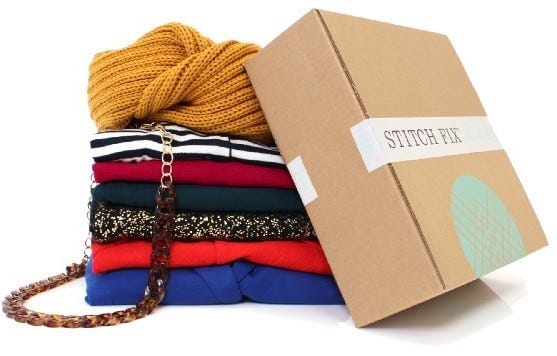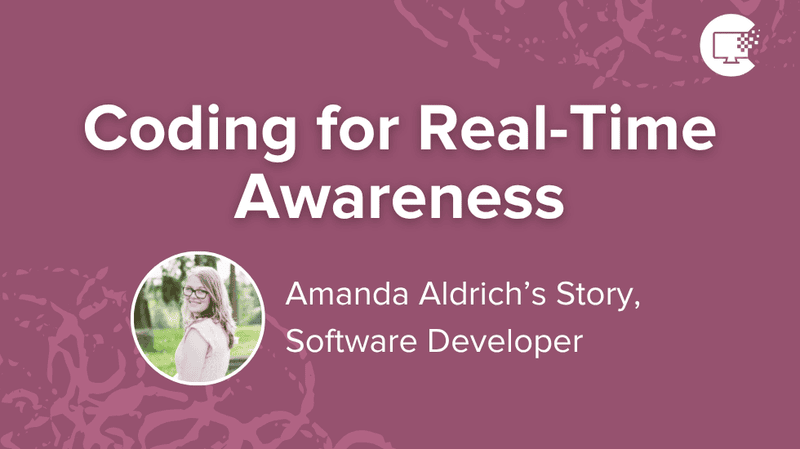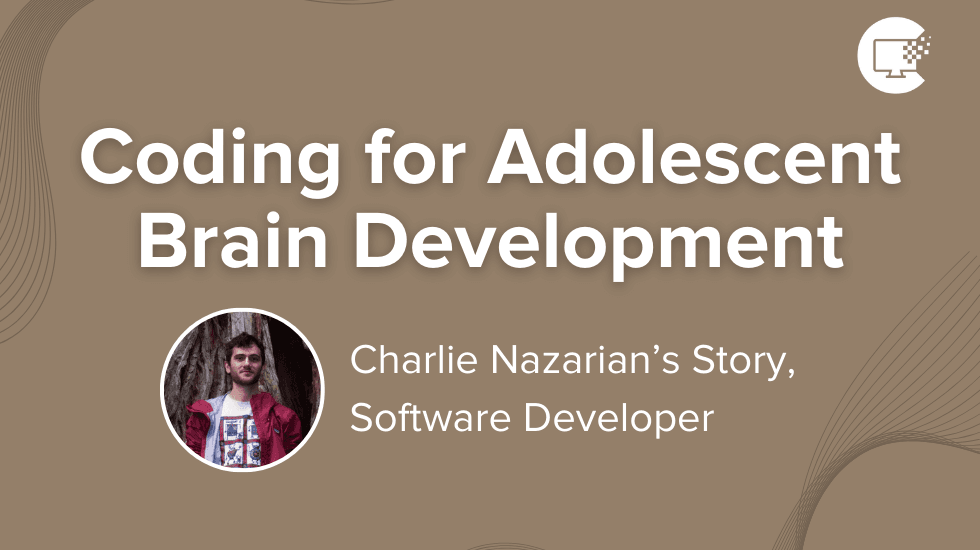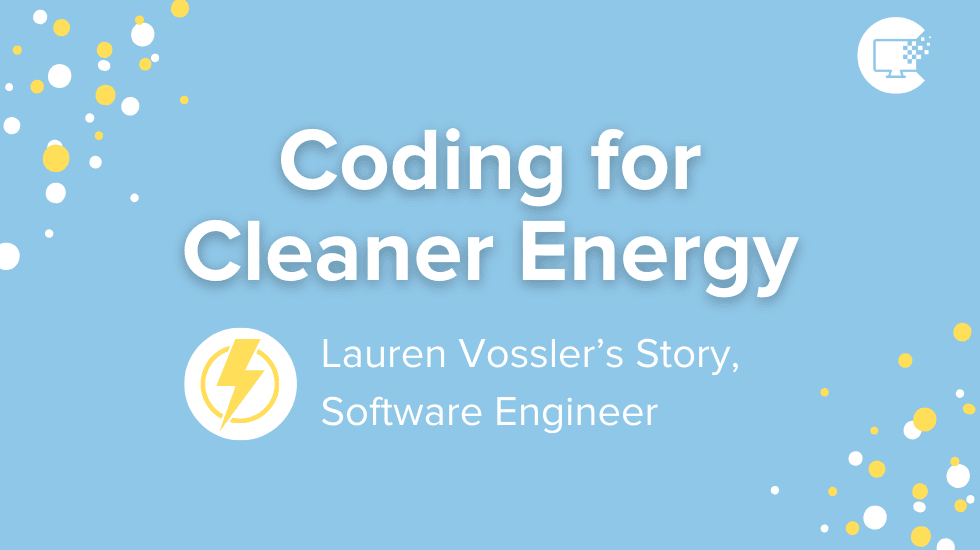
Coding for Fashion-Retail
By Emma Colner
My name is Emma Colner and I’m a lead software engineer at Stitch Fix. I’ve been at the company for over 6 years. We are primarily a personalization company, in the fashion-retail sector, but with a twist. We develop our machine learning algorithms and most of our web-based tools internally.
How did I get into computer science?
My parents were both technical people, so we had a computer in our household as far back as I can remember. I played a lot of computer games, and eventually, as a teenager, I became fascinated with the Internet. I spent hours in Yahoo chat rooms, and created a website on Geocities mostly so I could share more about me with people I met online. (The Internet was way more tame back then for a 16 year old girl). I preferred to write HTML from scratch rather than use the WYSIWYG editors that were provided at the time. I had a lot of fun customizing my website as a way to express my interests. This was all pre-2000.
In undergrad I got a BA in Cognitive Science. For my cognitive science degree I was required to take some computer science courses, and unfortunately they turned me off of computer science completely. That said, in my graduate studies I had to teach myself how to code in Matlab in order to run my experiments and analyze my data, so in a way, that’s how I got into computer science — through psychology and research.

I continued on to get a PhD in Experimental Psychology. After completing a 1 year post-doctoral research position, I decided to leave academia and pursue a career in tech which brought me to Stitch Fix.
How do I use coding in my job?
I develop web applications that are used internally at Stitch Fix. Our merchandisers use one such tool to manage our inventory, another tool for communicating with vendors, and another is used by our warehouse associates for managing warehouse receiving, binning, picking, shipping and returns.
One thing that I love about my job is that I get to build and work on applications that my co-workers use. This means the feedback cycle is quicker than you’d get with an app that is open for the general public to use. It’s also more fun to brainstorm ideas about how to improve a product, or really dig into the problems we’re trying to solve and come up with creative solutions.
At this stage, I almost think having some basic knowledge of computer science concepts is a prerequisite for any field. We depend so much on technology that it would benefit anyone to learn at a high-level how products and applications are built. If people are interested in getting into more of the details, that’s even better.
List of tools and programming languages I use:
- Sublime Text
- iTerm
- Ruby (Rails)
- JS (Jquery, StimulusJS, React)
- CSS (sass)
- HTML
- Github

Outside of work, I live with my husband and preschool-aged son in the East Bay Area. When I have free time (usually between the hours of 9pm-midnight), I read science fiction and fantasy books voraciously, and sometimes play video games on my Nintendo Switch. As a family, we try to get outside as much as we can hiking in the regional parks near us. I also enjoy baking and having my son “help” out.
Follow Emma Colner on Twitter.
Interested in utilizing this resource in your elementary classroom? Check out our elementary version of this blog here. Comprehension is designed for upper elementary independent reading (Lexile level no greater than 1000), or guided reading for younger students.


